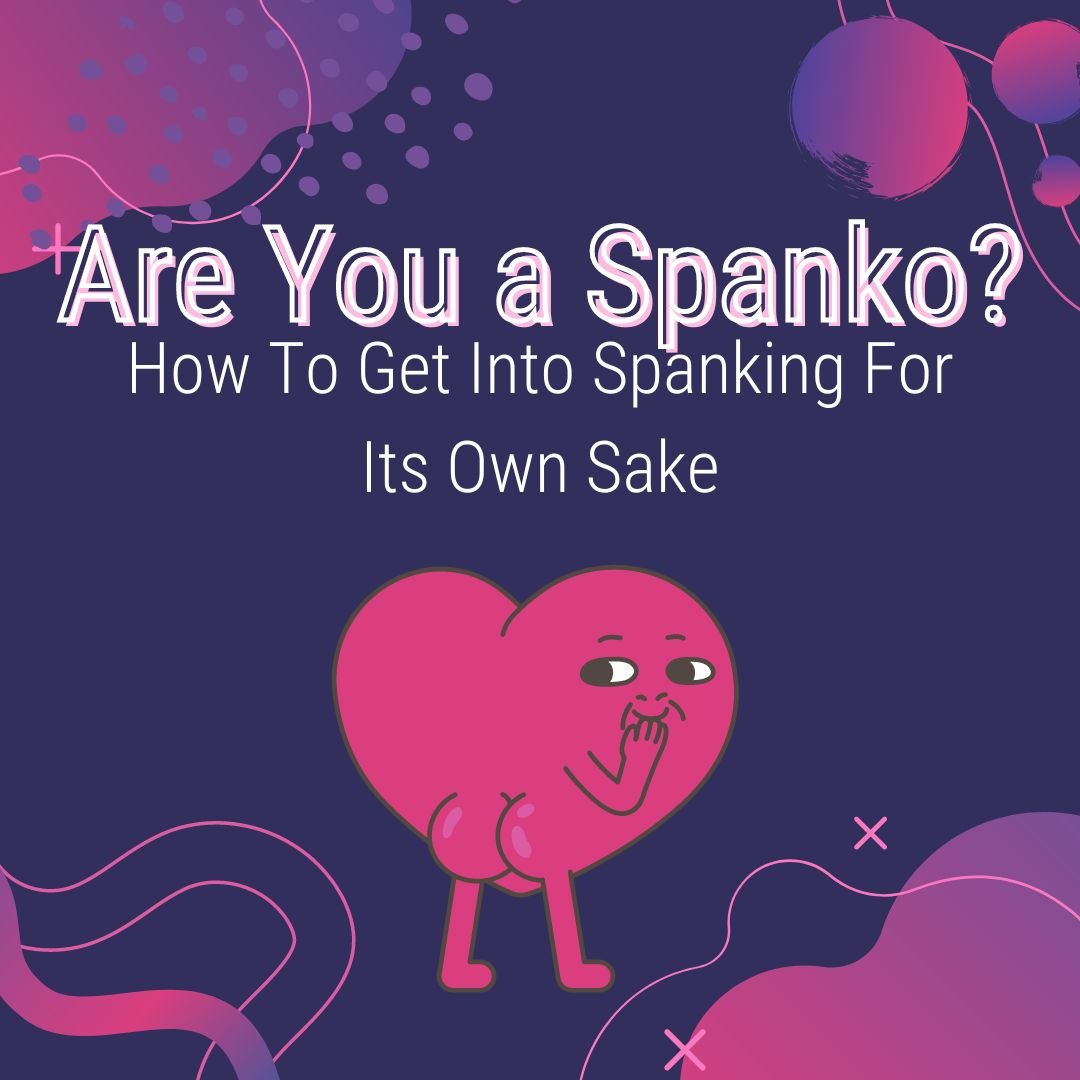![UPDATE: Sexually Explicit Media + AirDrop Laws]()
It’s been just one month since Sexual Health Alliance covered the topic of “cyber-flashing” and its various degrees of legality across the nation. This term, while previously relatively unknown, has gained some recent popularity due in part to the dating app, Bumble. On September 23, California bill SB 53 “Unsolicited Images” was approved by California Governor Gavin Newsom and chaptered by the Secretary of State. The bill, authored by Senator Connie M. Levya representing California’s 20th District, allows recipients of unsolicited lewd photos to sue the sender for up to $30,000. Moreover, the minimum damages payment is $1,500, and recipients can seek court orders blocking any further online harassment. This action not only validates and supports survivors of virtual sexual harassment but also solidifies California’s place as a policy leader in the United States, encouraging other states to follow suit. While Texas and Virginia already have similar regulations, it would not surprise me if, in the coming months and years, other states create similar laws to protect people from online attacks. Eventually, legal language like this may be used to create federal sanctions for assailants.
So where does Bumble come in? Well, as anyone who has ever been on a dating app could tell you, they are breeding grounds for unsolicited sexually explicit pictures. However, instead of assuming this an absolute, Bumble decided to take a stand. For context, Bumble’s founder and CEO, Whitney Wolfe Herd, has been breaking molds since Bumble’s inception, and in her quest for gender and racial parity, she has stayed on the cutting edge of technological innovation. The concept behind the app itself represents these values; giving women the power to control their love and sex lives while advancing gender roles. Furthermore, Bumble reinforced its commitment to kind online communities back in 2017 following the #MeToo and #TimesUp movements. As we know, social media is a huge driver behind modern social movements, and Bumble plays into these in the best sort of way. The app has a zero-tolerance policy for hate speech and, now, unsolicited nudes.























